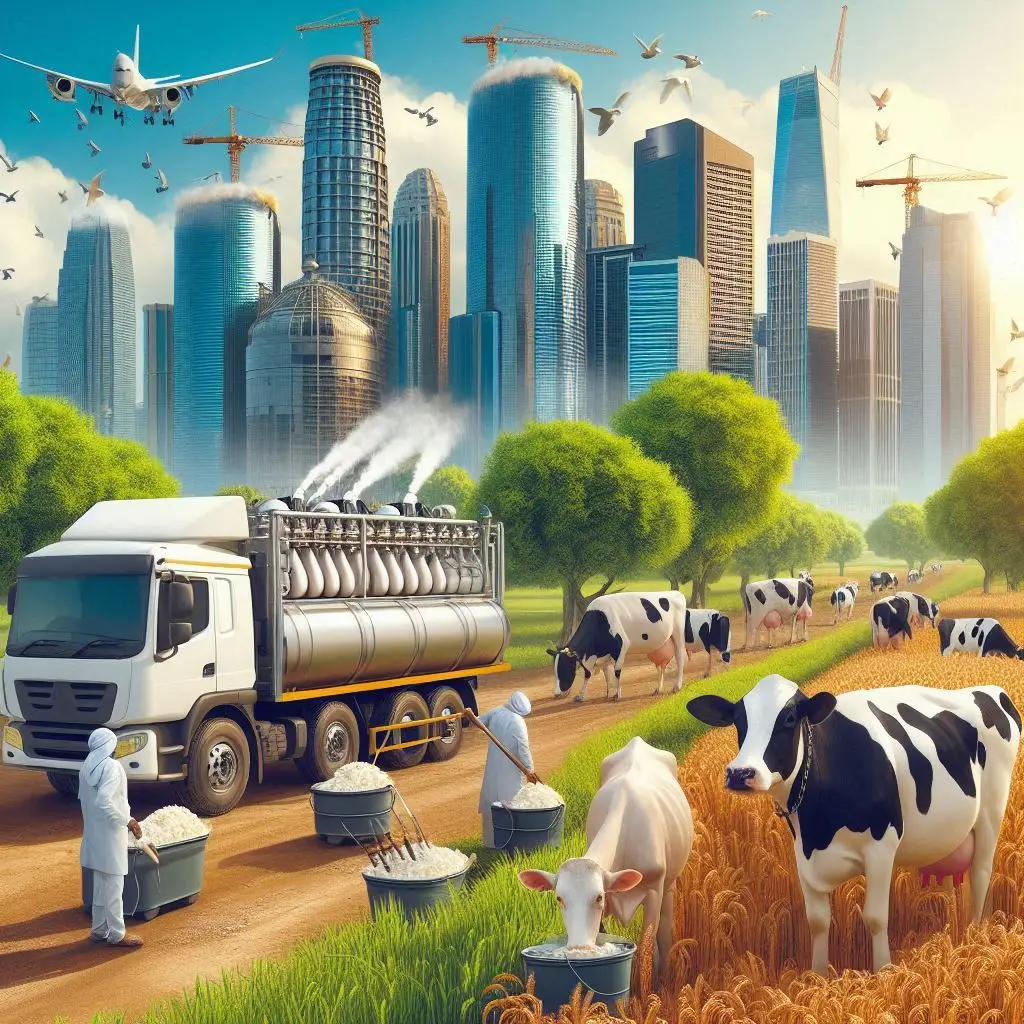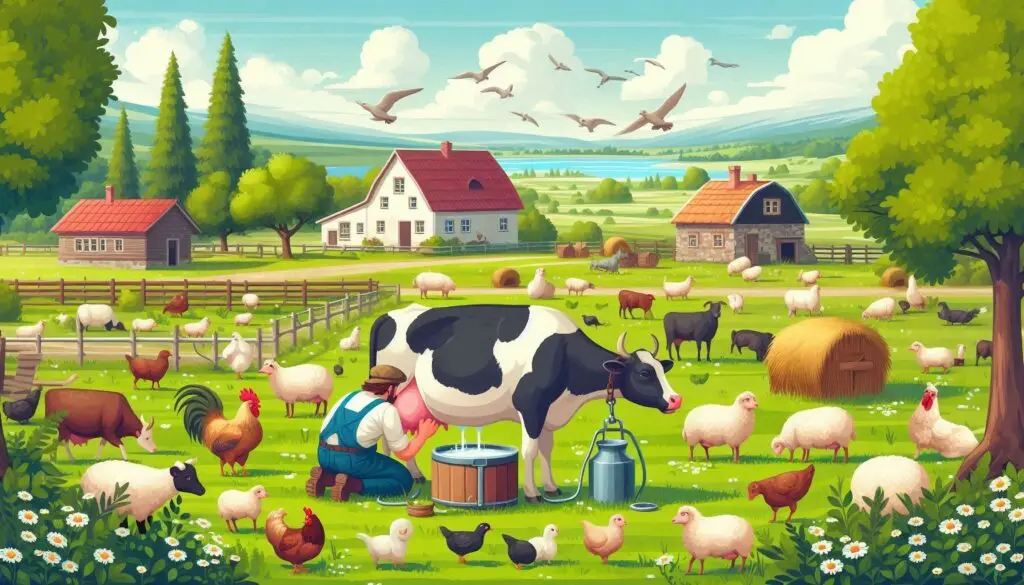Exploring Dairy Farming: Organization and Opportunities

Introduction
Dairy farming plays a crucial role in the agricultural sector, providing a significant source of nutrition and income worldwide. This article delves into the organization of dairy farms, examining the structural components necessary for efficient operation, and explores the myriad opportunities available within the dairy industry.
The Organization of Dairy Farms
1. Structure of Dairy Farms
Dairy farms can vary in size and complexity, ranging from small family-run operations to large commercial enterprises. Understanding the organizational structure is essential for effective management and productivity.
A. Types of Dairy Farms
- Small-Scale Farms: Typically family-owned, focusing on local markets and often practicing traditional farming methods.
- Large-Scale Farms: Operate on a commercial scale, utilizing advanced technology and management practices to maximize milk production.
B. Key Components of Dairy Farm Organization
- Herd Management: Effective herd management is critical for maximizing milk yield. This includes breeding, feeding, and health management.
- Facilities and Infrastructure: Proper facilities for milking, feeding, and housing are essential. This includes barns, milking parlors, and storage for feed and equipment.
- Labor Management: Skilled labor is necessary for daily operations, requiring training and effective management of staff.
2. Herd Management Practices
Herd management involves several practices aimed at maintaining a healthy and productive dairy herd.
A. Nutrition Management
- Balanced Diet: Cattle require a balanced diet high in fiber and nutrients to support milk production. This often includes forage crops like alfalfa and corn.
- Supplementation: Vitamins and minerals may be added to ensure optimal health and productivity.
B. Health Management
- Regular Veterinary Care: Routine check-ups and vaccinations are essential for preventing disease and maintaining herd health.
- Monitoring and Record Keeping: Keeping detailed records of health, production, and breeding helps in making informed management decisions.
3. Technological Integration in Dairy Farming
The adoption of technology is transforming dairy farming, enhancing efficiency and productivity.
A. Milking Technology
- Automated Milking Systems: These systems reduce labor costs and improve milking efficiency.
- Milk Quality Monitoring: Technologies that monitor milk quality in real-time help ensure product safety and compliance with regulations.
B. Data Management
- Farm Management Software: Utilizing software for tracking production, health records, and financial management improves decision-making.
- Precision Agriculture: Implementing precision farming techniques allows for better resource management and increased yield.
Opportunities in Dairy Farming
1. Economic Potential
The dairy industry presents significant economic opportunities, driven by increasing demand for dairy products.
A. Market Growth
- Rising Demand: Global demand for milk and dairy products continues to rise, particularly in developing countries with growing populations.
- Value-Added Products: There is a growing market for cheese, yogurt, and other dairy products, providing opportunities for diversification.
2. Sustainable Practices
Sustainability is becoming increasingly important in dairy farming, presenting both challenges and opportunities.
A. Eco-Friendly Practices
- Waste Management: Implementing effective waste management systems can reduce environmental impact and improve farm profitability.
- Renewable Energy: Utilizing solar and wind energy can lower operational costs and enhance sustainability.
3. Government Support and Policies
Government initiatives aimed at promoting dairy farming can provide significant support for farmers.
A. Financial Incentives
- Subsidies and Grants: Various programs offer financial assistance for dairy farmers to improve their operations.
- Training and Resources: Access to training programs helps farmers adopt best practices and improve productivity.
4. Innovation and Research
Ongoing research in dairy farming can lead to new opportunities.
A. Genetic Research
- Breeding Programs: Advances in genetics can lead to improved breeds that produce more milk and are more resistant to disease.
B. Technological Innovations
- Biotechnology: Innovations in biotechnology can enhance feed efficiency and animal health.
Conclusion
Dairy farming is a vital sector with numerous opportunities for growth and innovation. By understanding the organization of dairy farms and leveraging technological advancements, farmers can maximize productivity and profitability.
For more pearls of Vets Wisdom:






Responses